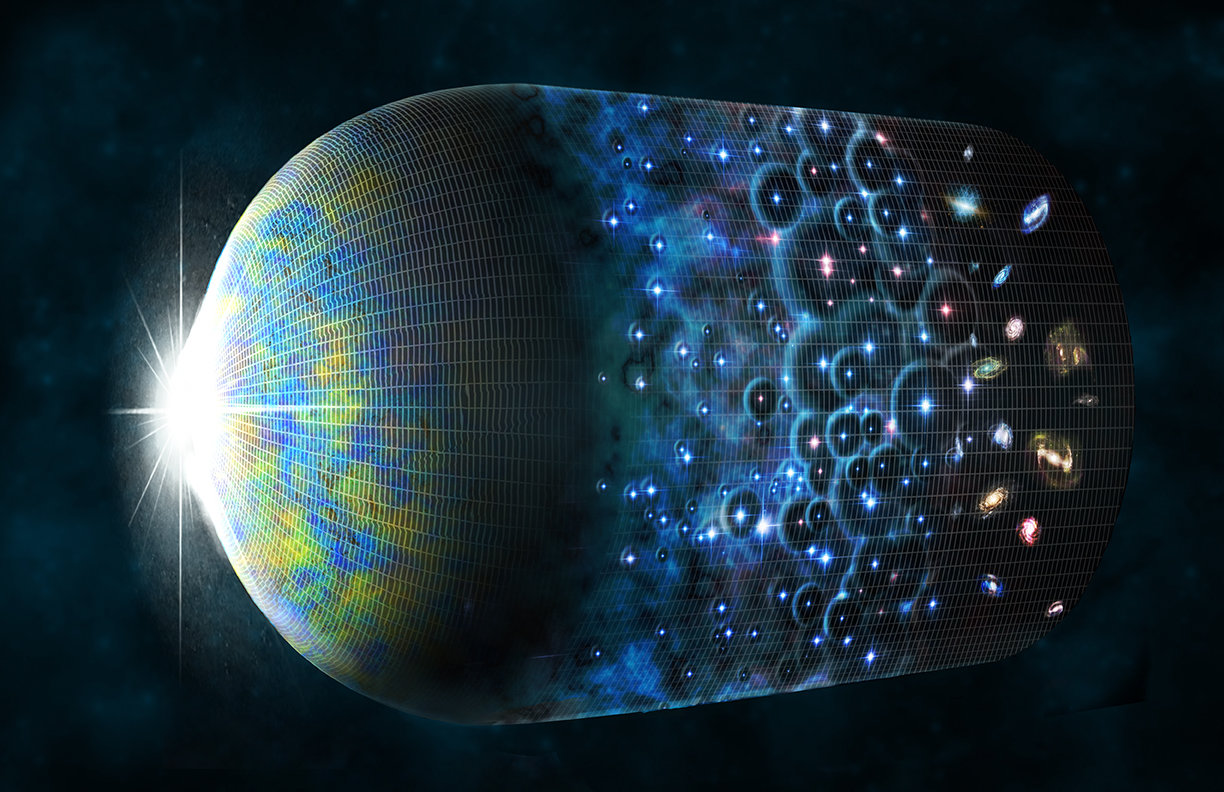
The Universe is neither homogeneous nor isotropic, but it is close enough that we can reasonably approximate it as such on suitably large scales. The inflationary-ΛCDM concordance cosmology builds on these assumptions to describe the origin and evolution of fluctuations. With standard assumptions about stress-energy sources, this system is specified by just seven phenomenological parameters, whose precise relations to underlying fundamental theories are complicated and may depend on details of those fields. Nevertheless, it is common practice to set the parameter that characterizes the spatial curvature, exactly to zero and call this, "flat ΛCDM'' as though it were a separate model, placing the onus on proponents of "curved ΛCDM'' to present sufficient evidence that Ωk is not zero.
I will explain why Ωk must not be set to zero, and that ΛCDM remains a phenomenological model with at least 7 parameters.
